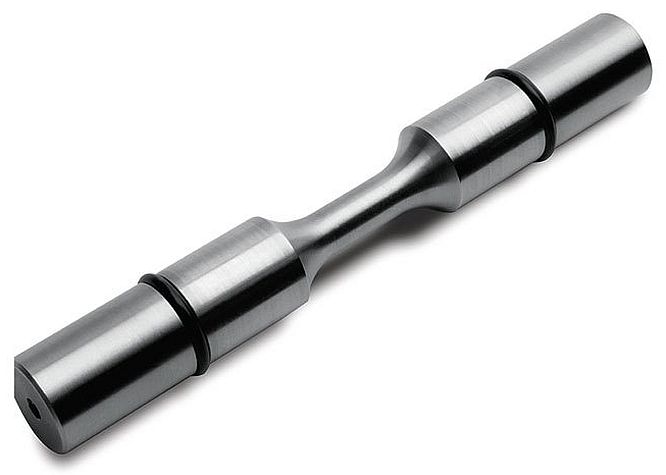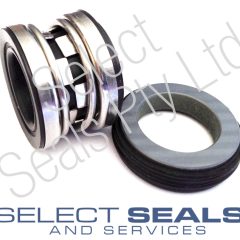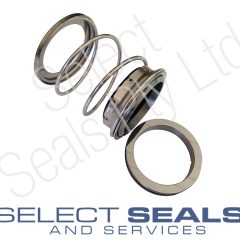Optimizing Air Usage in AODD Pumps

The incorporation of an innovative air control spool into the design of the new ADS is what gives it the ability to arrest air loss at the conclusion of each pumping stroke, which helps make it up to 60 percent more efficient than other ADS technologies.
NEXT GENERATION ADS can reduce air consumption for improved efficiency and reduced operating costs.
Successful industrial operations measure success in many ways – such as operational equipment efficiency, productivity and safety, to name a few. Almost always, they can be grouped into one of three categories:
- Maintaining low operating costs
- Ensuring happy customers
- Providing a safe environment for employees
Happy customers and safe employees are typically easy to identify and measure. However, operating costs often have hidden components that are not so easy to quantify.
In the industrial sector, some significant operational costs – whether in the chemical processing, food and beverage, oil and gas, pharmaceutical, or mining industries – are the ones incurred for the purchase, operation and maintenance of pumps used during different production and transfer processes.
One hidden component from the operating-cost perspective is the electricity used by pump systems, which, per a Hydraulic Institute study, account for nearly 20 percent of the world’s electricity demand. Assuming 7 cents per kilowatt/hour, that equates to approximately $294 billion to operate pump systems. Therefore, energy consumption can make up close to 90 percent of the total life-cycle costs of owning and operating a pump.
Approximately 30 to 50 percent of the energy consumed by pump systems can be saved through equipment or control system upgrades. Considering all the usage estimates, simple arithmetic reveals that up to $147 billion of electricity costs will be charged to the industrial companies or the energy provider.
Since pump systems are ever-present in industrial manufacturing facilities and are crucial to the operation of many production applications, they are also ripe for operational improvements that can decrease energy consumption, resulting in lower operating costs for the facility manager and a more environmentally friendly carbon footprint.
This article shows how recent improvements in air-operated double-diaphragm (AODD) pump technology are helping industries reduce air consumption, which delivers many significant benefits for the operator and the environment.
The challenge
Two main challenges exist for industrial manufacturers with fluid-transfer operations. First is the fact that all pumping systems, no matter the technology deployed, can be operationally improved in some way so that they are more efficient and cost-effective to operate. Second, speaking specifically of AODD pumps, hidden electricity costs related to air consumption may be difficult to measure because those costs can be included in the expenses needed to operate other equipment in the plant.
Upon its invention more than six decades ago, AODD pump technology became sought after in the industrial and manufacturing sectors. AODD pumps are ideal solutions for many applications because of their simple design, which allows the displacement of a regulated amount of fluid from one of its two liquid chambers upon the completion of each pumping stroke. AODD pumps also feature only a few wetted parts that are dynamic: two diaphragms, which are connected by a common shaft, two inlet valve balls and two outlet valve balls.
Driving the diaphragms with compressed air instead of the shaft balances the load on the diaphragm, which removes mechanical stress from the operation and extends diaphragm life. This also allows the valve balls to open and close on the valve seats that direct liquid flow. This uncomplicated design and operation allows the operator to find the correct pressures and flows to optimize the AODD pump’s operation, making AODD pumps ideal for use with different liquid types, from crude oil and paints to cooking sauces and shampoos.
An AODD pump’s design, though, could leave its operation susceptible to higher rates (and corresponding costs) of compressed air usage. Namely, the earliest air distribution systems (ADSs), which comprise the AODD pump’s motor, would, at the completion of each stroke, produce a moment in which a small but still notable amount of compressed air would “overfill” the air chamber without any corresponding displacement of fluid. Think of this overfilling as similar to hitting the gas pedal in a vehicle while driving over a patch of ice: the wheels may spin, but the vehicle does not move forward, ultimately wasting gas or energy.
Knowing this, the search began to develop an ADS that could reduce the rate of air consumption related to the product flow rate while minimizing the overall amount of wasted air that does not enhance the product yield during the pumping cycle. If realized, this ADS type would positively impact an operation’s bottom line with improved production rates and reduced compressed-air consumption. While some notable enhancements to ADS performance had occurred, the troubling problem of wasted air continued at the end of each pumping cycle.





